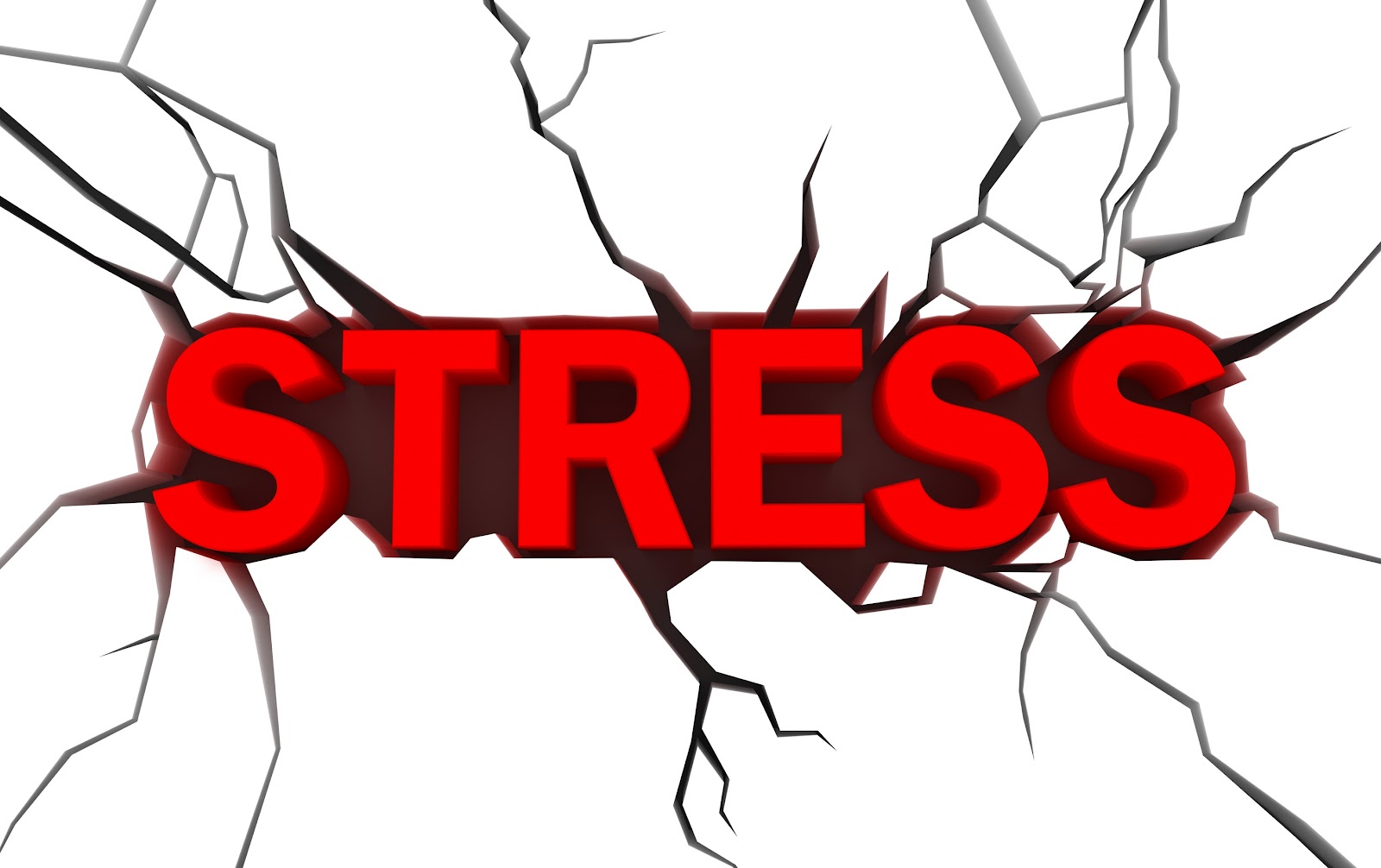Introduction
This Straight, No Chaser shows you why you need a stress management strategy.


Remember that stress comes in different forms, including emotional and physical. Emotional stress is mental and impacts your ability to respond to situations you find challenging. This type of stress is individualized – what one person considers stressful, someone else might not. Physical stress is the body’s response to triggers. A simple example is what happens if you place your hand in fire. Your body gets burned. That burn is a physical stress on your body. Interestingly, each type of stressor may result in the other.

Factors that heighten your stress
Today, I want to focus on 5 factors that play into your development of physical and emotional stress: attitude, diet, physical activity, relaxation habits and support systems. These factors not only work against you if they’re not healthily managed and working to your advantage, but they are the basis for the stress management program we’ll build for you.
- Attitude: Your perspective and attitude make you interpret the same situation or trigger either negatively, positively or indifferently. A negative attitude goes along with more stress.
- Diet: One’s poor eating habits literally place the body in a state of physical stress and weakens the immune system, resulting in an easier ability to contract a variety of diseases. Poor nutrition eventually will affect the brain and result in additional physical and emotional stress resulting from sub-optimal function of the brain.
- Physical activity: Insufficient physical activity will eventually put the body in a stressed state due to diminished blood flow to your organs. Just as a feeling of well-being will reduce stress, being ill and/or out-of-shape will increase stress.
- Relaxation: Your inclination and willingness to allow your body to rest and recharge has ramifications for both physical and emotional stress. This involves taking time to sleep as well as enjoy life. If you’re not relaxed, you’re probably going to be stressed.
- Support systems: The presence or absence of individuals and groups to help you through potentially stressful situations has the power to diffuse or magnify a situation and its associated stress.
Please take the time between this post and the upcoming post on developing a stress management program for you to assess your own situation, including the factors just mentioned. You’ll learn a lot about yourself and be better prepared for what comes next.
Follow us!
Ask your SMA expert consultant any questions you may have on this topic. Also, take the #72HoursChallenge, and join the community. Additionally, as a thank you, we’re offering you a complimentary 30-day membership at www.72hourslife.com. Just use the code #NoChaser, and yes, it’s ok if you share!
Order your copy of Dr. Sterling’s books There are 72 Hours in a Day: Using Efficiency to Better Enjoy Every Part of Your Life and The 72 Hours in a Day Workbook: The Journey to The 72 Hours Life in 72 Days at Amazon or at www.jeffreysterlingbooks.com. Another free benefit to our readers is introductory pricing with multiple orders and bundles!
Thanks for liking and following Straight, No Chaser! This public service provides a sample of http://www.SterlingMedicalAdvice.com (SMA) and 844-SMA-TALK. Likewise, please share our page with your friends on WordPress! Also like us on Facebook @ SterlingMedicalAdvice.com! Follow us on Twitter at @asksterlingmd.
Copyright © 2019 · Sterling Initiatives, LLC · Powered by WordPress







